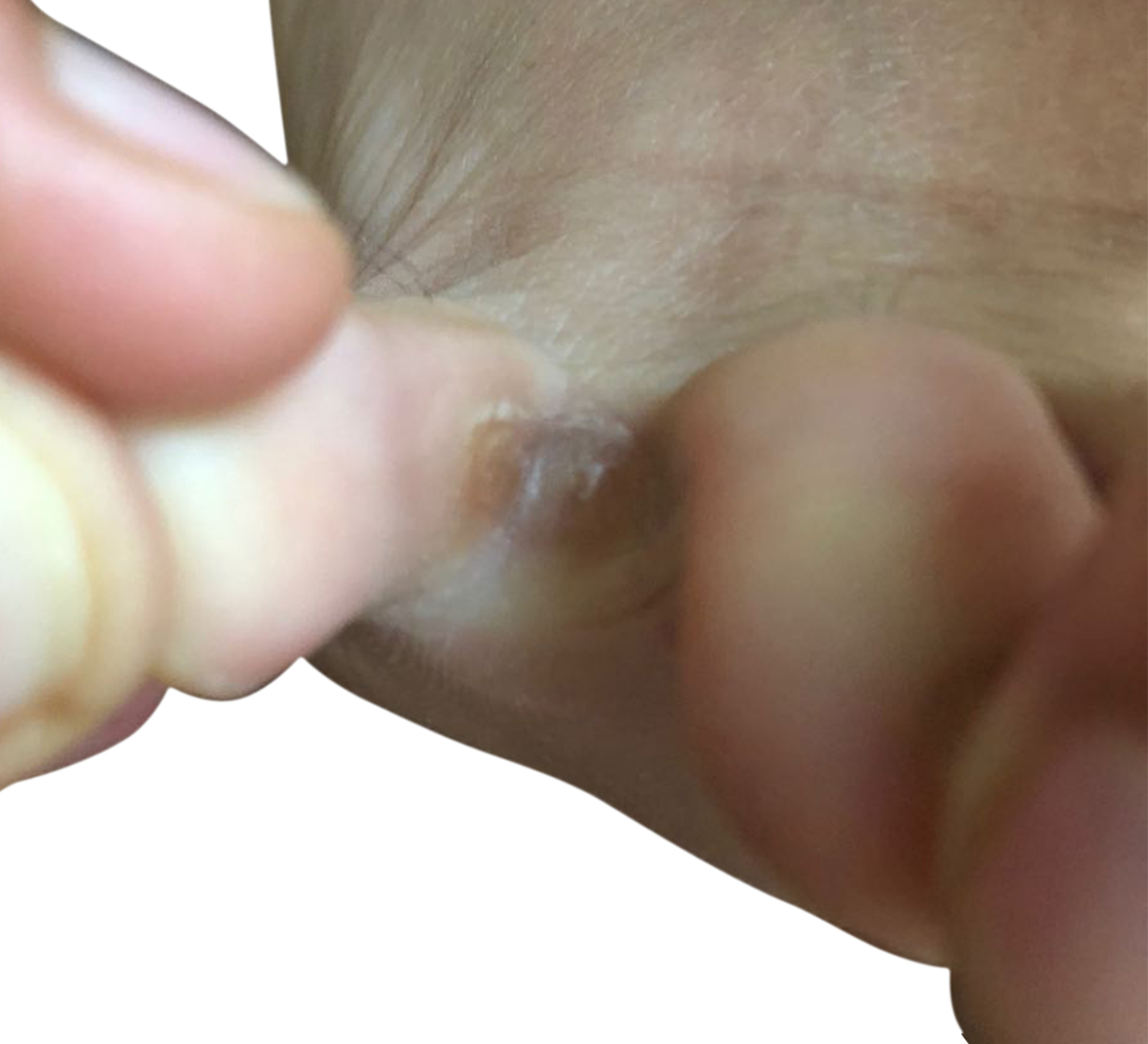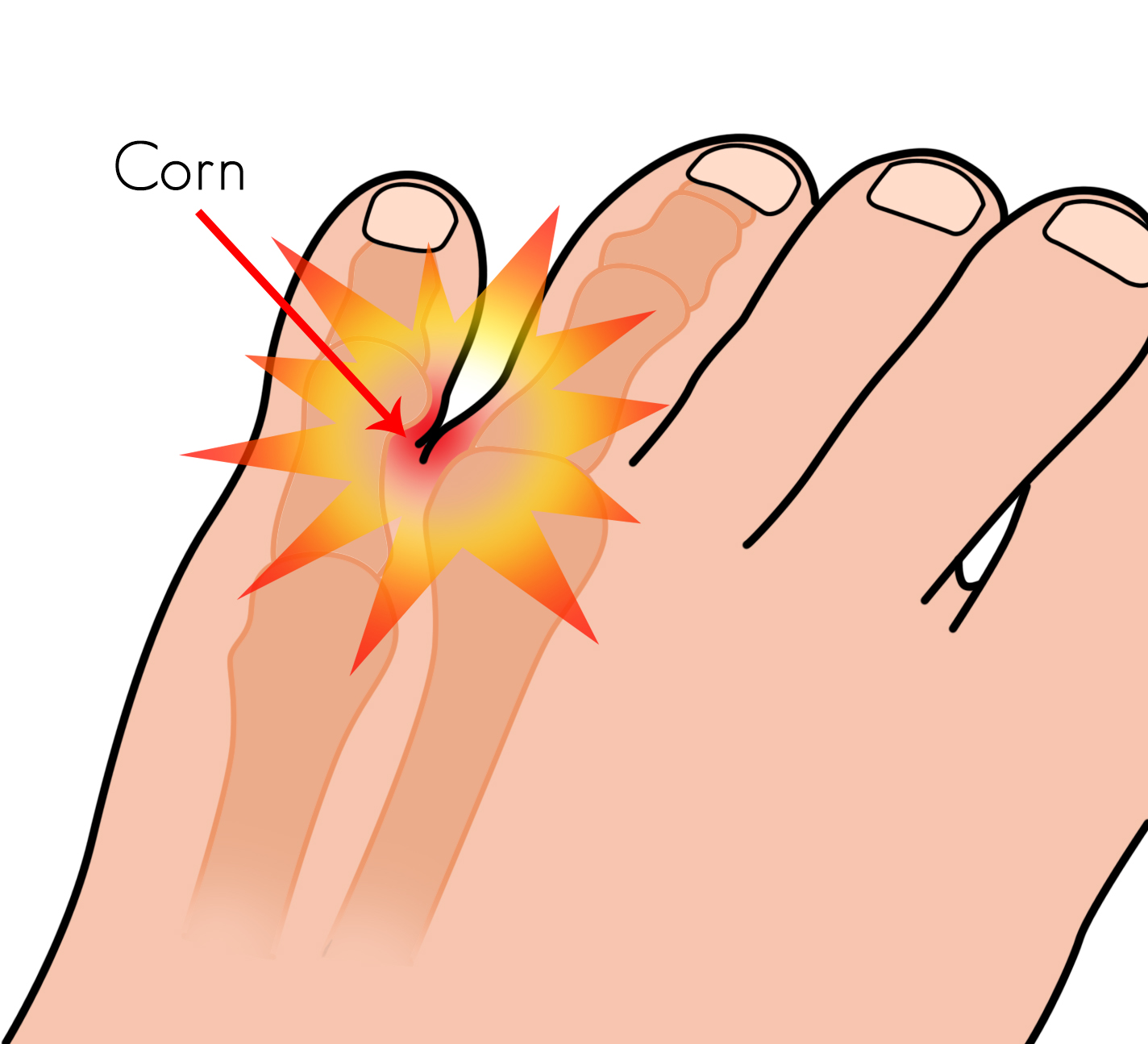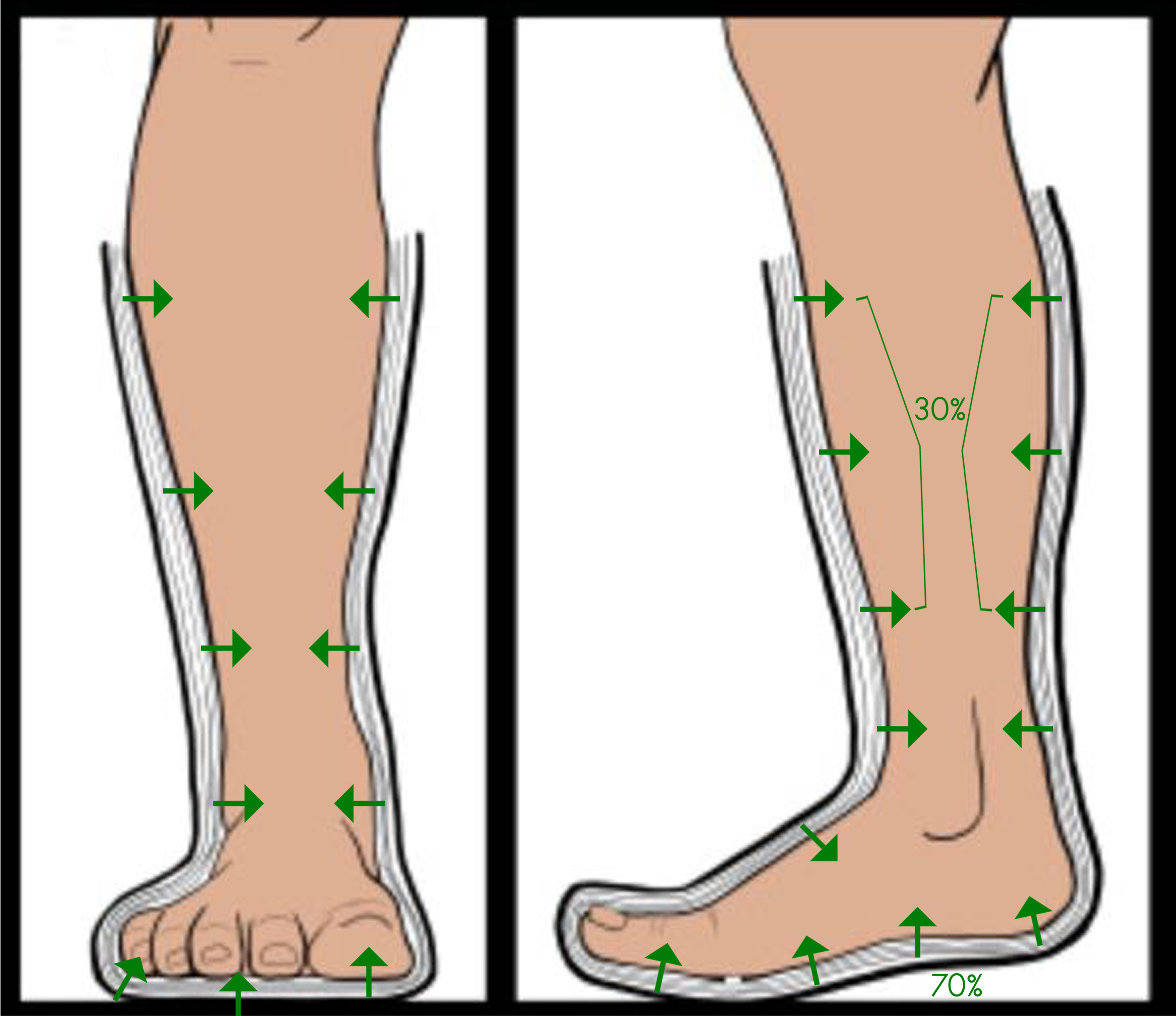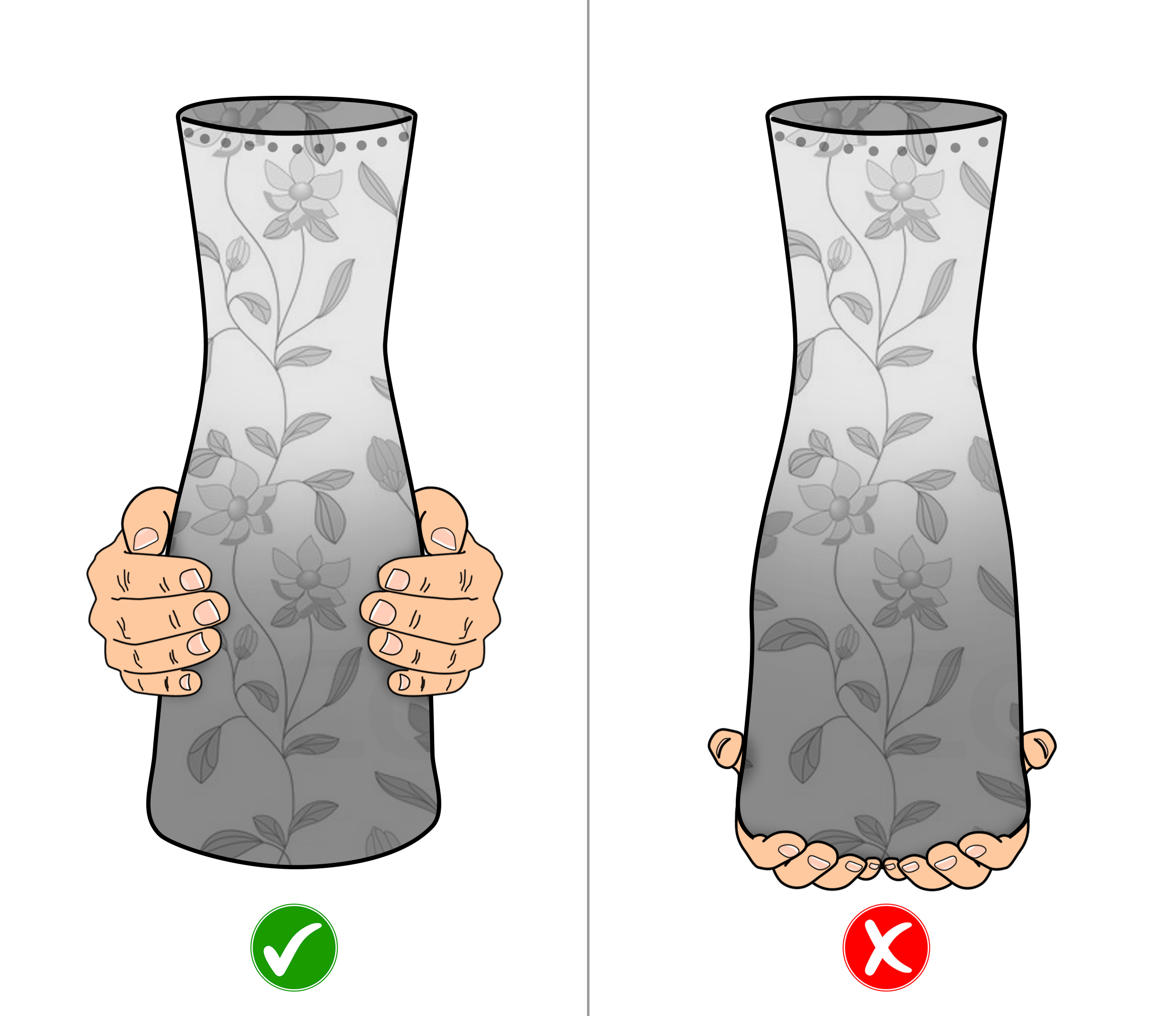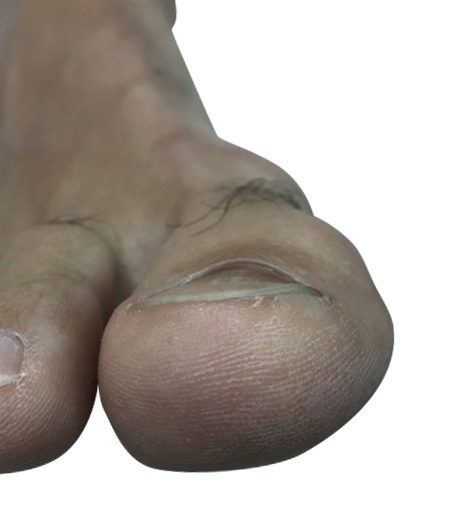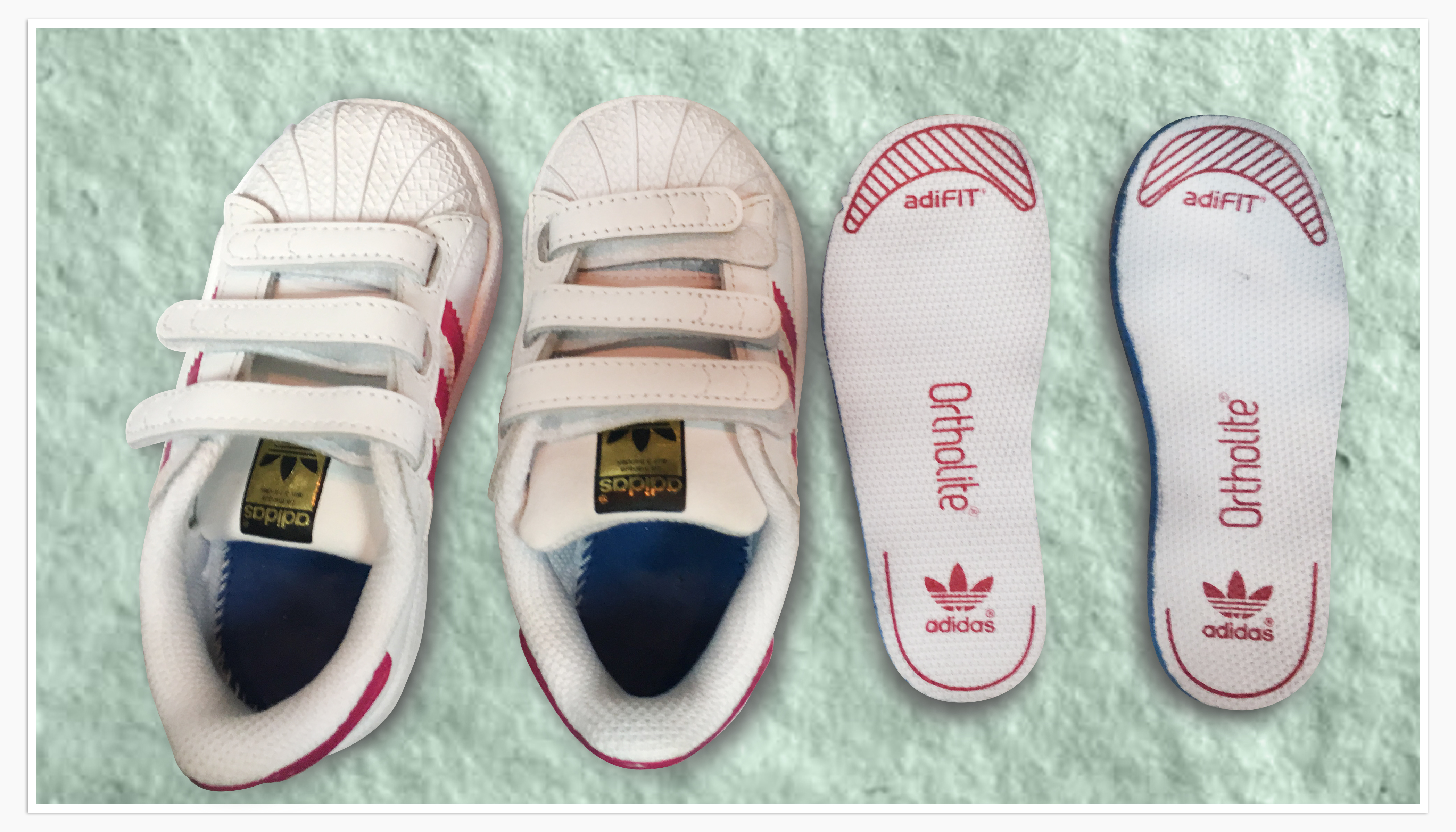There are quite a few different types of corn that can affect the feet.
1. There are shoe corns that develop on the top and side of the toes from shoes that are too tight.



2. There are hard corns that develop underneath the foot from high pressure areas.
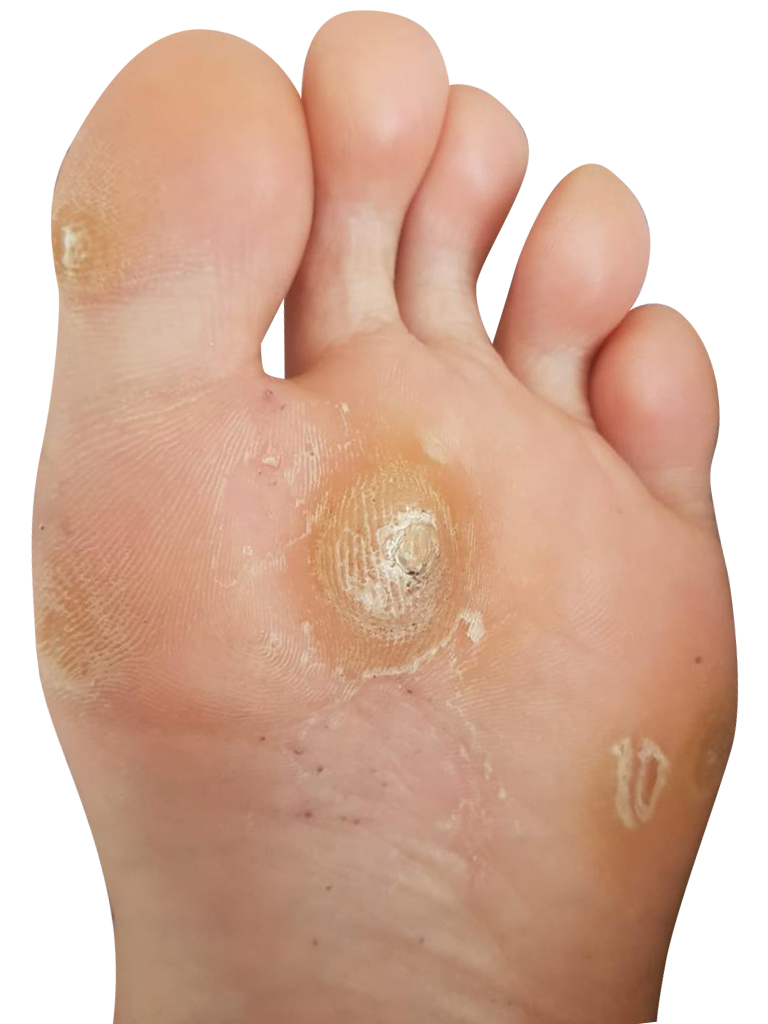
3. There are soft corns that predominantly affect in between the toes from where the bones of the toes touch each other and cause a very painful soft corn that looks white and rubbery.


4. There are seed corns that are genetic that are very very small and they look like they have been scattered across the sole of the feet and there are no bigger than the size of a pin head and actually very painful as they have in there is a touch to them.


5. There are bio mechanical corns also that develop underneath the foot usually from a dropped bone or an enlarged bone inside the foot.
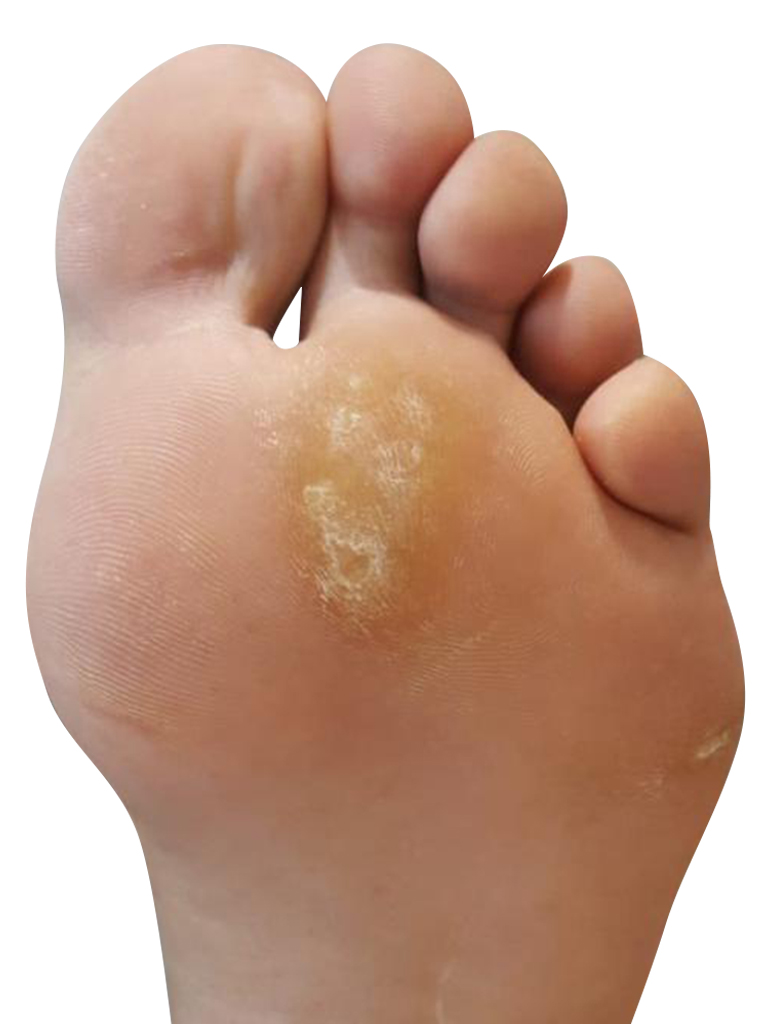
So the podiatrist must first investigate what type of corn you have to advise what type of treatment will reduce or stop the corn from coming back.


 When nail polish is applied it masks the nail and creates a waterproof covering. Water can get in from all edges of the nail polish and create a fungal infection underneath. Sweat from under skin goes through the toenail and gets trapped as the nail polish blocks the moisture from leaving the nail. This can rot the toenail. This can be avoided if you paint your nails and then remove the nail polish the next day try and think of it like putting on make up and taking off later that day.
When nail polish is applied it masks the nail and creates a waterproof covering. Water can get in from all edges of the nail polish and create a fungal infection underneath. Sweat from under skin goes through the toenail and gets trapped as the nail polish blocks the moisture from leaving the nail. This can rot the toenail. This can be avoided if you paint your nails and then remove the nail polish the next day try and think of it like putting on make up and taking off later that day.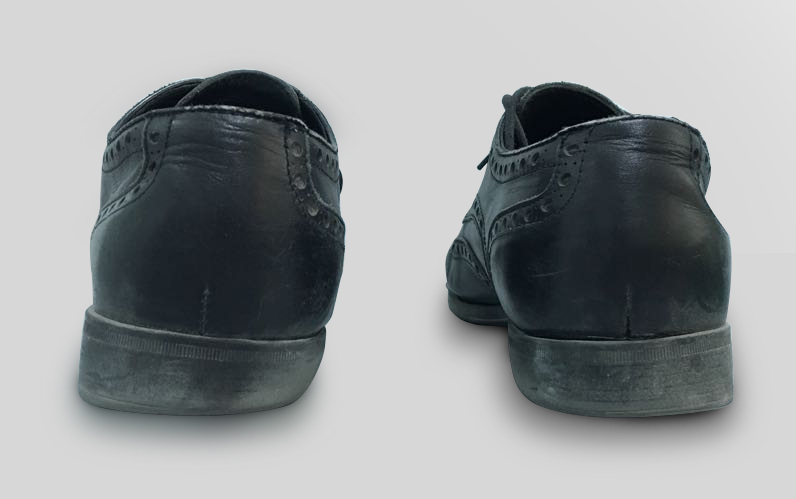
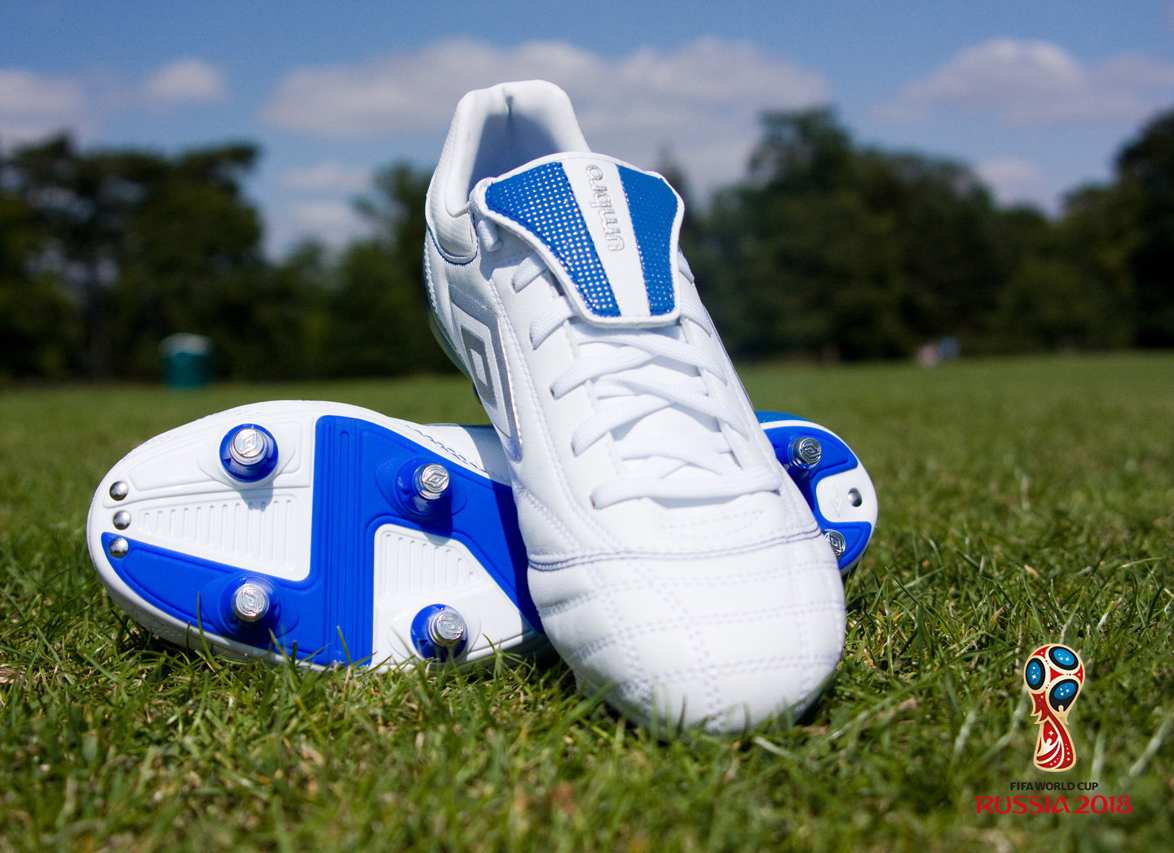
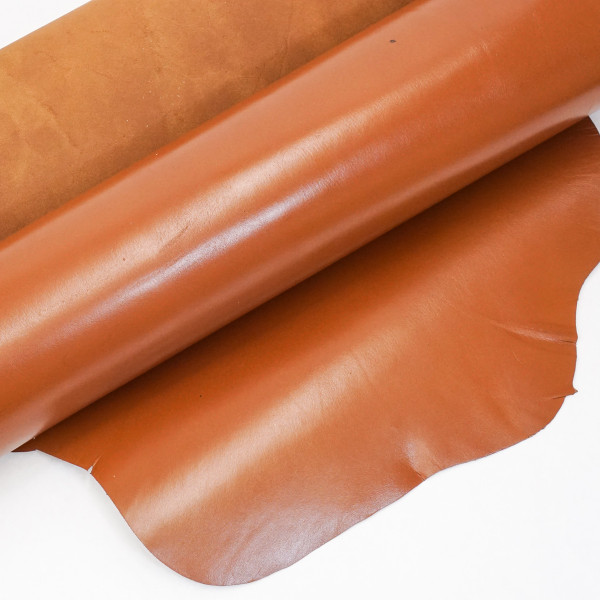 stiffer and give better support and protection during tackling.
stiffer and give better support and protection during tackling.